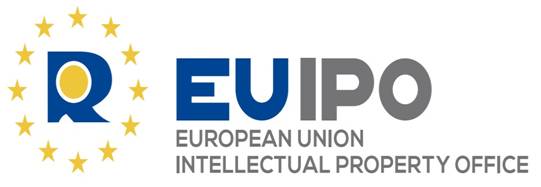EUTM: simplification of the proceedings

As of October 1, 2017, a number of trademark provisions will apply in Europe as prescribed in the Amending Regulation No 2015/2424.
The first changes came into force on March 23, 2016, when the name of the Office was renamed to the European Union IPO along with introduction of other significant developments. Now, the secondary legislation includes the Implementing Regulations and the Delegated Regulation which will streamline prosecution routine and enhance legal certainty.
One of the major changes relates to graphical representation of trademarks. From October 1, 2017, marks can be represented in any appropriate form using generally available technology. Description will not be required for figurative, shape, single color, sound, multimedia, and hologram trademarks; while for pattern, motion and combined color trademarks, as well as for position marks, it will be optional.
Another significant change is introduction of certification trademarks. This type of marks ensures that specific characteristics of certain goods or services comply with the standards (set out by the owner of the certification mark) so that the quality is guaranteed by the trademark owner rather than manufacturer or service provider. Besides, a manufacturer of goods (or service provider) cannot be the owner of a certification mark in respect of these goods (services).
Also, the revised Guidelines reflect numerous procedural developments.
As of October 1, 2017, a priority should be claimed at the time of filing, and the supporting documents may be submitted within 3 months of the filing date. The documentation in support of the claim submitted in any other language apart from the official languages of the Office, need not be translated unless requested by the Office. Besides, no examination in substance will be conducted unless there is a necessity to validate it in proceedings.
Several simplifications are implemented in regards to the languages and translation. Most types of evidence of substantiation (such as evidence of acquired distinctiveness or reputation) may be submitted in any official language of the EU, whereas translation thereof must be provided only upon request from the Office. However, this rule does not apply to certificates of filing, registration, and renewal or provisions of relevant law. Also, if the party informs that only particular parts of the document are of importance, the translation may be furnished only for those parts.
Besides, the EUIPO implements new electronic means of communication which will be determined by Executive Director and cuts the ones that are behind the times, as hand delivery or deposit in a post box.
A brief overview of the new filing requirements and registration procedures will be available on our applicant’s guide once the changes enter into force. Also, we welcome you to get actual and accurate quotes for trademarks in the EU and other jurisdictions via our quotation system.
Author: Lynda Miller